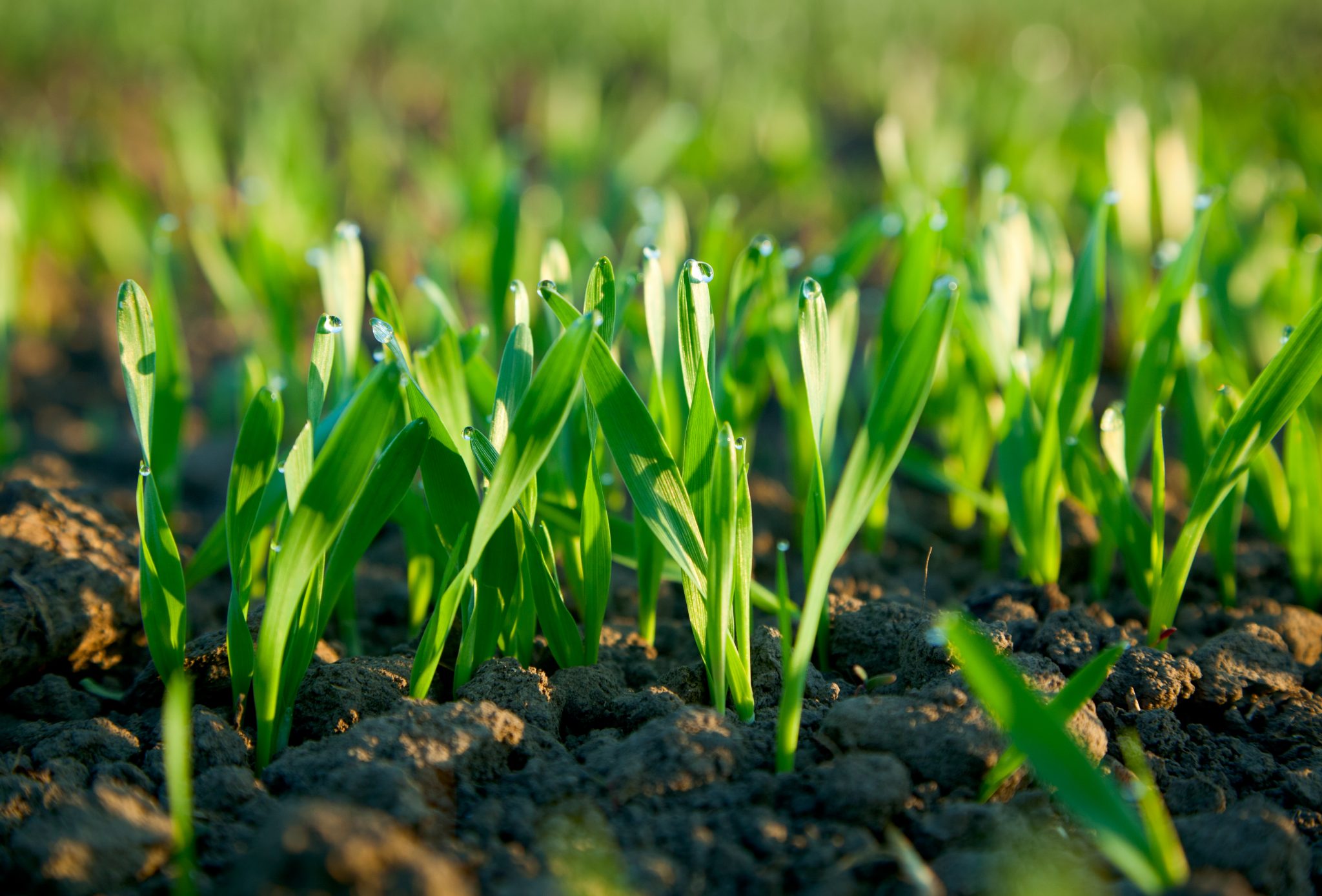Hay and Forages Soil

Annual cover crops introduce quality forage at opportune times of the year, help to create more diverse farm habitats, and provide opportunities to rejuvenate pastureland. Overseeding summer perennial pastures with winter annuals can provide many benefits including: an extended grazing season, reduced erosion, and increased animal gains.
Grasses and legumes such as annual ryegrass, rye, wheat, oats, clovers, and vetch are commonly-used for overseeding. Brassicas are also viable options. Brassicas include: forage radishes, turnips, and rape. Mixed cover crops have the potential to provide many soil benefits and improve pasture quality. There are difficulties associated with multi-species cover crops, but rotational grazing may improve grazing efficiency.
Compaction from animal traffic is a major concern for producers considering the use of winter annuals for grazing. Livestock should be removed from winter grazing when fields are wet to prevent compaction. Research has shown that timing of establishment is critical and consideration of herbicide residuals is equally as important.
For more information about annuals in grazing pastures, see the Southern SARE publication Introducing Annuals in Grazed Pasture.
This product was developed with support from the Southern Sustainable Agriculture Research and Education (Southern SARE) program, which is funded by the U.S. Department of Agriculture—National Institute of Food and Agriculture (USDA-NIFA). Any opinions, findings, conclusions or recommendations expressed within do not necessarily reflect the view of the Southern SARE program or the U.S. Department of Agriculture. USDA is an equal opportunity provider and employer.

